By_shalini oraon

the exclusive proposal to raise the Agniveer retention rate.
—
Exclusive | Paradigm Shift on the Table: Army Proposes Raising Agniveer Retention to 75%
In a move that could fundamentally reshape the controversial Agnipath scheme, top echelons of the Indian Army have formally proposed a significant increase in the retention rate of Agniveers from the current 25% to 75%, The Daily Chronicle has learned exclusively. This proposal, currently under intense discussion within the Ministry of Defence, represents the most substantial potential modification to the short-service recruitment model since its tumultuous inception in 2022.
According to highly placed sources, the proposal is driven by a comprehensive internal review of the scheme’s first two years. While the core structure of four-year tenures remains, the army’s leadership is pushing for a dramatic expansion of the permanent cadre, citing operational, technical, and morale-based imperatives. If approved, this change would mark a pivotal moment for India’s military modernisation, signalling a pragmatic recalibration in response to ground realities.
The Core Rationale: From “Tour of Duty” to “Technical Corps”
The Agnipath scheme was originally conceived with a dual objective: to infuse youthful vitality into the armed forces and to create a skilled, disciplined workforce for the civilian sector, with only 25% of each Agniveer cohort being retained for a full military career. The army’s new proposal suggests this initial calculus needs revision based on practical experience.
1. The High Cost of High Attrition: Military training is an expensive and time-intensive investment. Sources indicate that the army has found the 75% attrition rate to be inefficient for creating specialised soldiers. “We are spending crores on training a soldier in operating sophisticated radar systems, managing complex armoured vehicle electronics, or becoming a combat engineer, only to see him leave just as he achieves peak proficiency,” a senior officer involved in the review process explained on condition of anonymity. Retaining 75% would allow the army to preserve this valuable, expensively-trained human capital, ensuring a return on its training investment.
2. Addressing the “Experience Void”: A recurring concern from military experts has been the creation of an “experience void” within units. Under the current model, a section or platoon would, in theory, have a very thin layer of permanent personnel and a large, transient population of Agniveers. The proposed higher retention rate aims to build a more robust middle layer of experienced soldiers—the Havildars and Naiks—who are the backbone of any unit, ensuring continuity, institutional memory, and effective leadership in combat situations.
3. Morale and Regimental Esprit de Corps: The uncertainty of a four-year tenure with only a one-in-four chance of continuation has been a persistent point of contention, both within the force and among potential applicants. The army’s internal feedback reportedly highlights that this uncertainty can impact unit cohesion and the long-term commitment of individuals during their service. A 75% retention rate would offer a much greater sense of career security, potentially boosting morale, attracting a higher caliber of recruits, and strengthening the sacred bond of regimental identity.
The Financial and Structural Implications
Such a significant shift would inevitably have profound implications for the scheme’s financial model and the army’s long-term structure.
· Pension Bill Recalculation: The primary fiscal argument for Agnipath was controlling the ballooning pension bill, as 75% of Agniveers would leave after four years with a tax-free corpus but no pension. Raising retention to 75% would substantially increase the government’s long-term pension liability. However, proponents of the change argue that the savings from a potentially smaller, more technologically advanced force, coupled with the enhanced operational readiness, could offset a portion of these costs. This would require a fresh and complex cost-benefit analysis by the Finance Ministry.
· Altered Age Profile: The vision of a “younger army” would see a modification. While the intake would still be young (17.5 to 21 years), the overall force would have a higher average age as more soldiers are retained into their late 20s, 30s, and beyond. The army likely views this as a beneficial trade-off, valuing mature experience alongside youthful energy.
· Impact on “Agniveer” Branding: If 75% are retained, the very definition of an “Agniveer” changes. It transitions from a short-service soldier to what is effectively a probationary period for a permanent career. The scheme would evolve from a distinct personnel stream into the primary and almost exclusive mode of entry for soldiers below the officer rank.
The Broader Geopolitical and Strategic Context
This proposed overhaul cannot be viewed in a vacuum. It comes amid persistent and active military standoffs on the northern borders, requiring a high state of operational readiness. A force with a larger proportion of experienced, permanent personnel is seen as better suited for the demands of sustained, high-intensity conflict management.
Furthermore, the rapid technologicalisation of warfare—from drones and cyber systems to network-centric operations—demands soldiers who can accumulate and refine skills over a longer career. The current model, critics argue, creates a revolving door of operators who barely master a system before they are mustered out.
Potential Roadblocks and the Road Ahead
The proposal is far from a done deal. It will face rigorous scrutiny from the Defence and Finance Ministries.
1. The Fiscal Mandarins: The biggest hurdle will be the Ministry of Finance. Re-embracing a higher pension liability is anathema to the core fiscal prudence that underpinned Agnipath. The army will have to present a compelling case that the operational benefits outweigh the financial costs.
2. Inter-Service Consensus: While the army is the proponent, the Indian Navy and Air Force, which have their own unique manpower and technical needs, must also concur. A unified stance from the three services would carry far greater weight.
3. Political Will: Any major rollback of a flagship reform involves political capital. The government would need to frame this not as a reversal, but as a responsive and evidence-based evolution of the policy—a sign of a mature and listening administration.
Conclusion: A Watershed Moment for Military Reform
The proposal to raise the Agniveer retention rate to 75% is arguably the most significant development in India’s military personnel policy since June 2022. It demonstrates a willingness within the military establishment to learn, adapt, and advocate for changes it deems critical for national security.
If approved, it would mark a decisive shift away from the Agnipath scheme’s original identity, transforming it into a more conventional—though still modernised—recruitment model with a extended probationary filter. It is a tacit acknowledgment that in the serious business of defence, the irreplaceable value of experience cannot be wholly supplanted by the virtue of youth. The decision that emerges from South Block will not only determine the career prospects of thousands of young Indians but will also shape the very character of the Indian Army for decades to come.
Discover more from AMERICA NEWS WORLD
Subscribe to get the latest posts sent to your email.
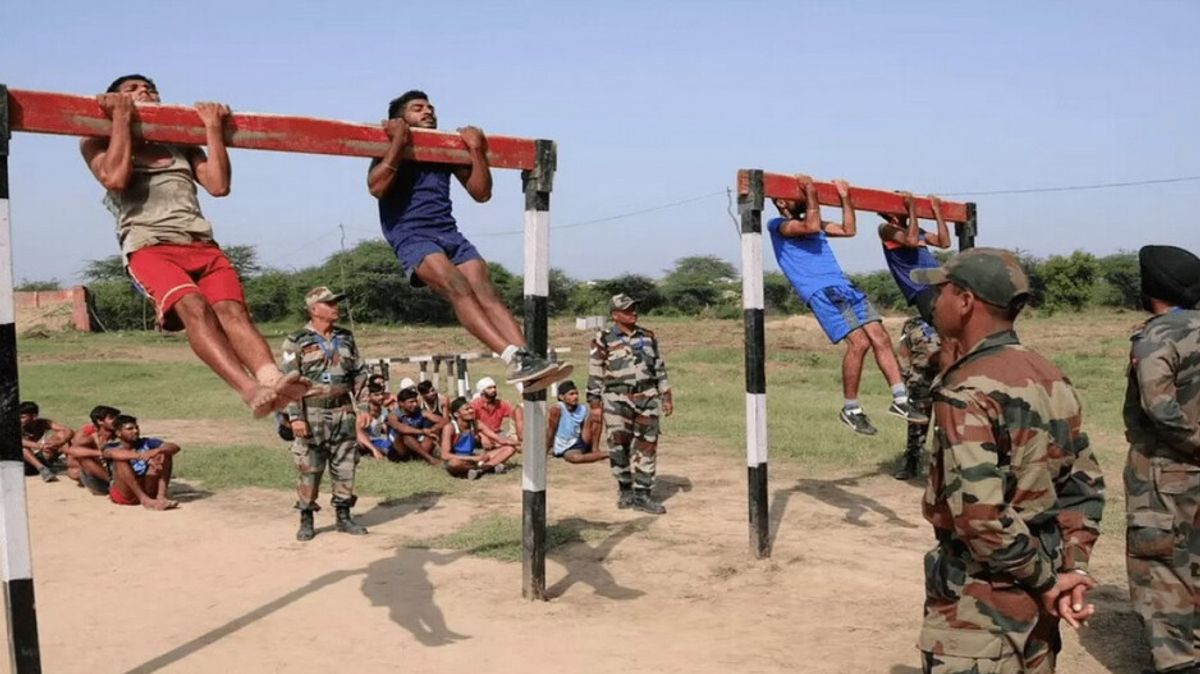




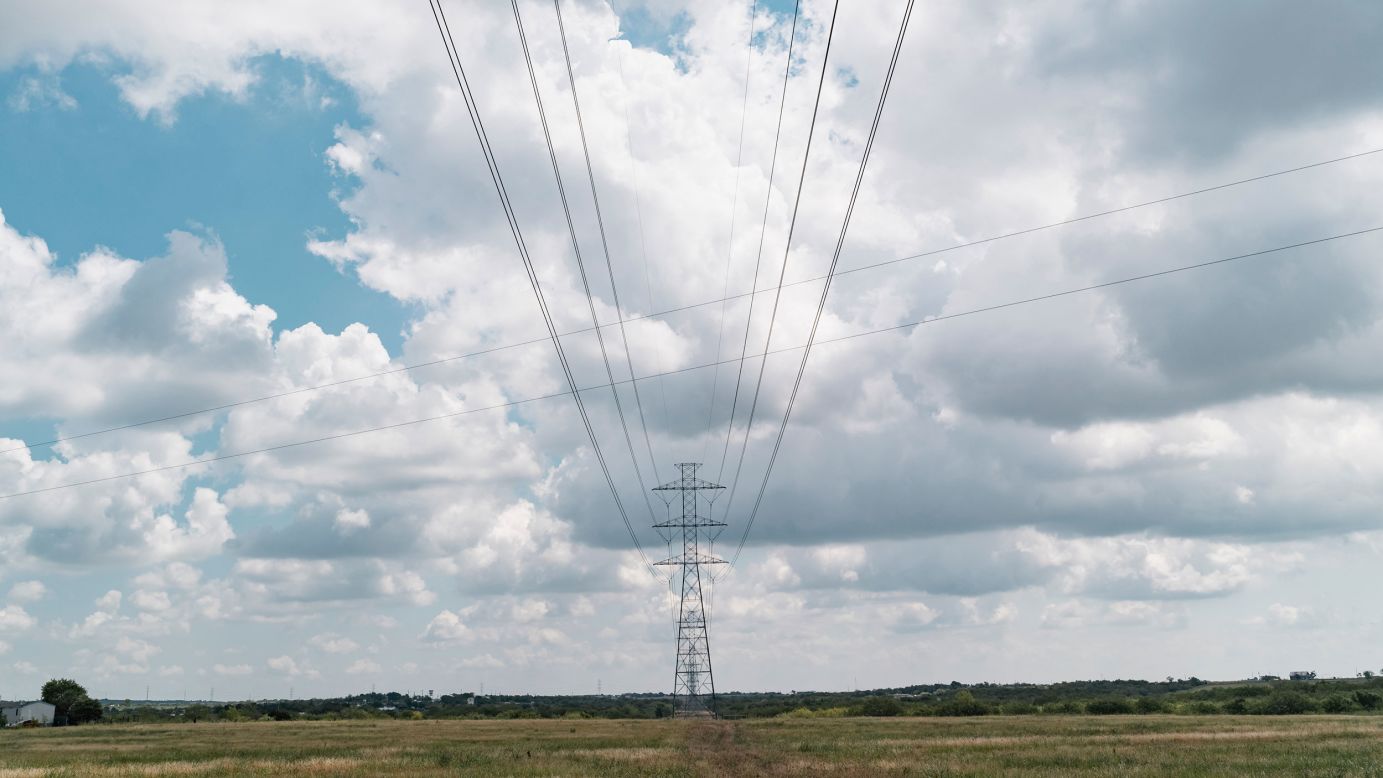







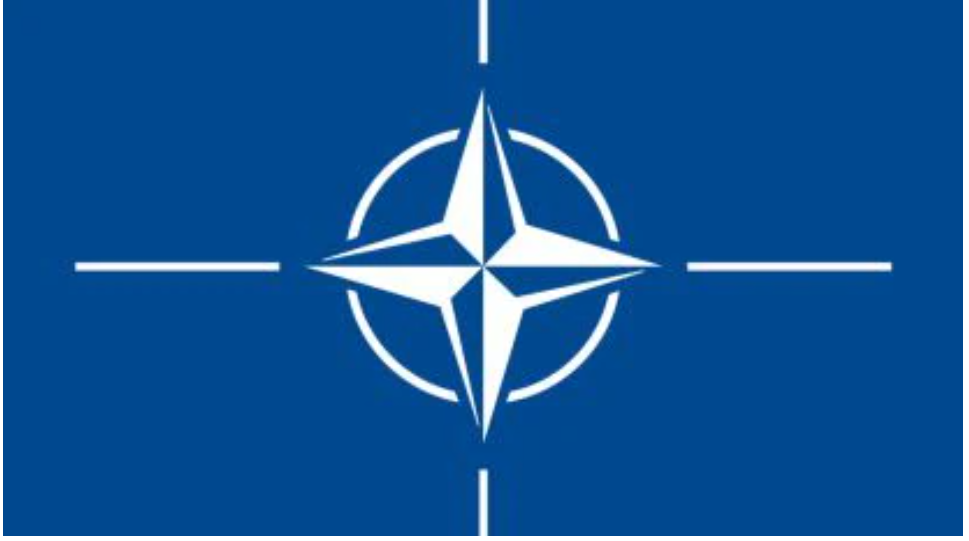




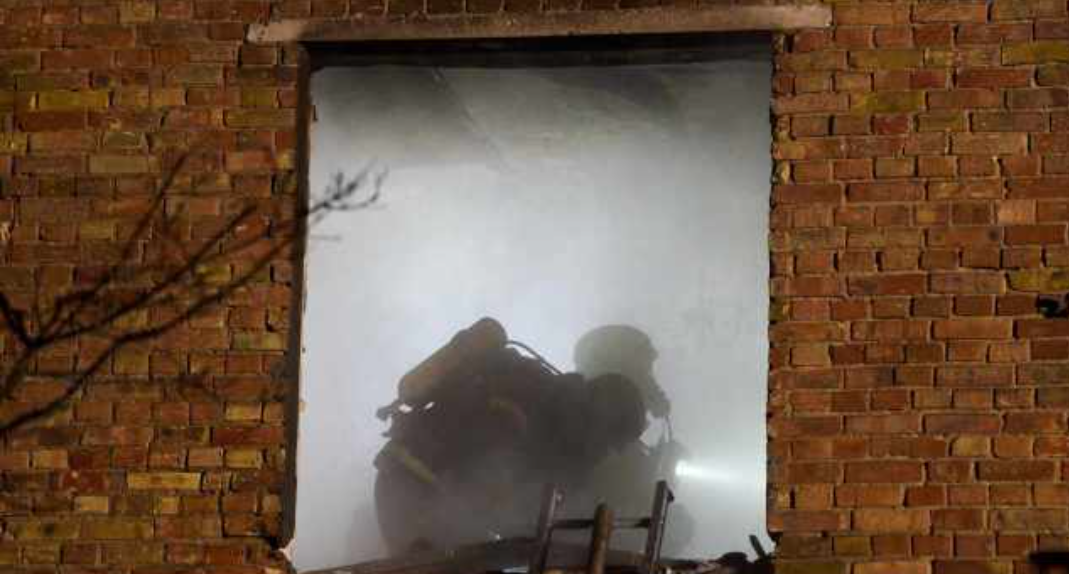
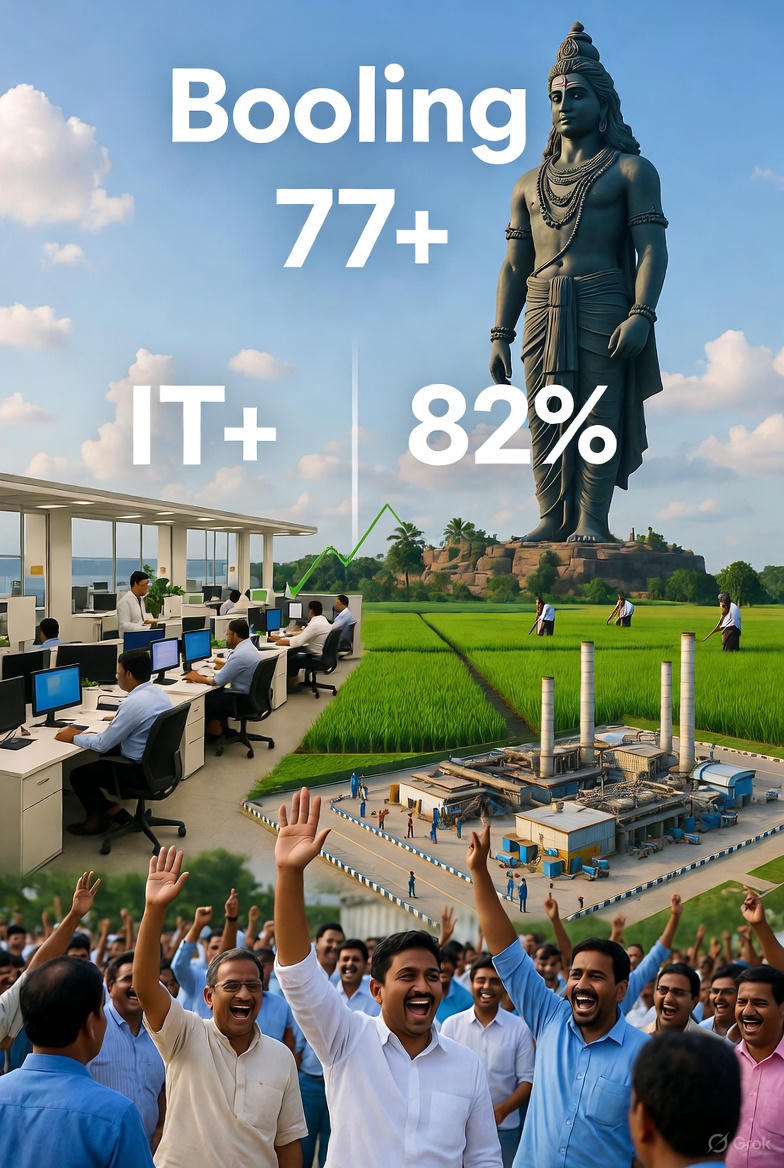


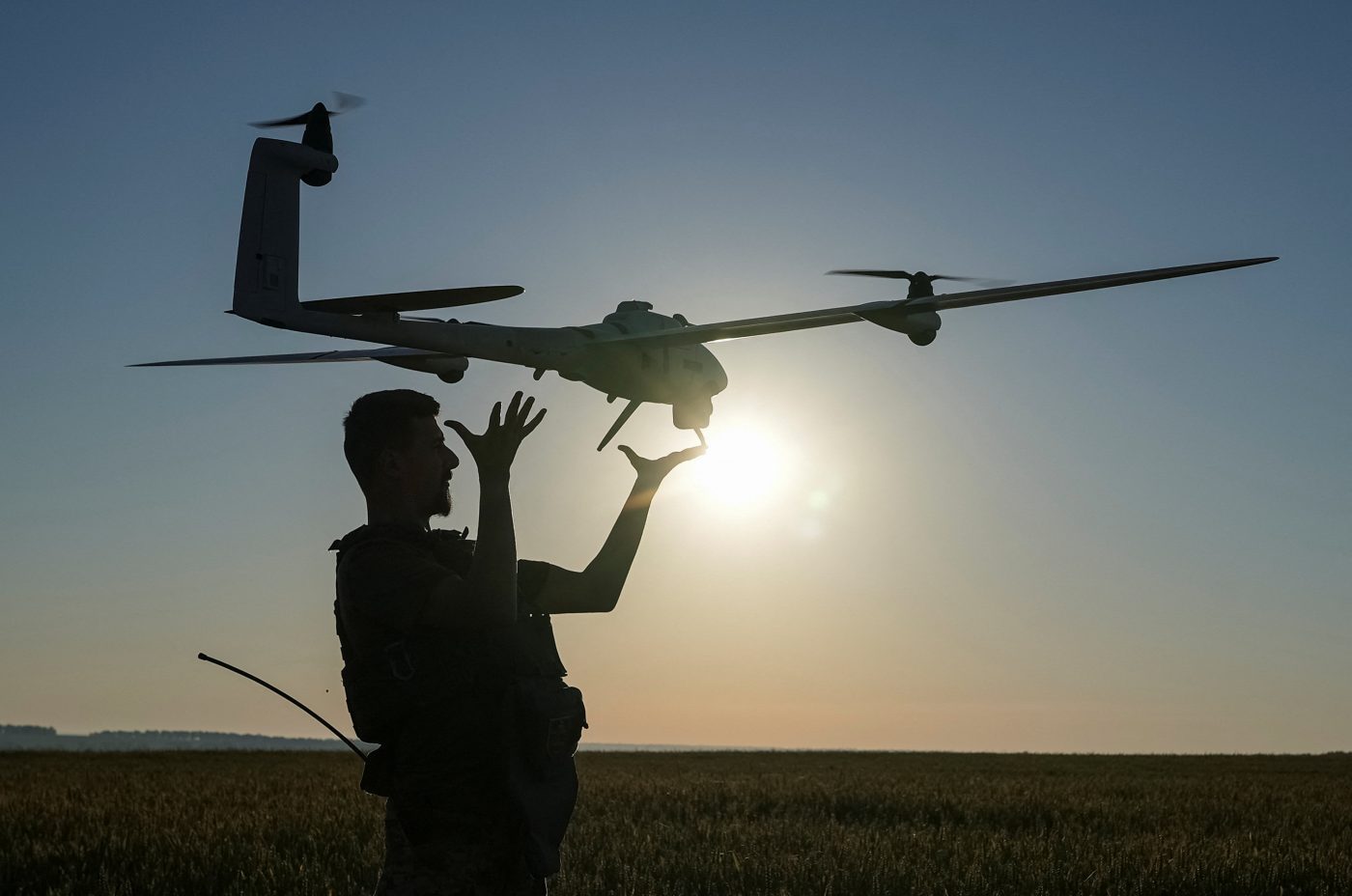









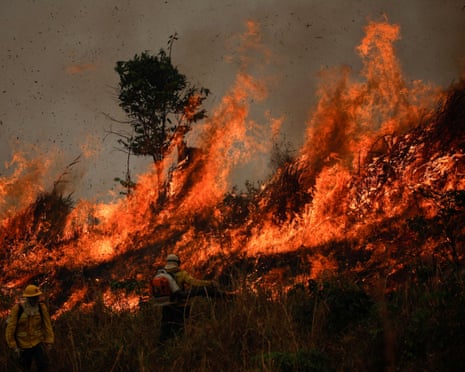
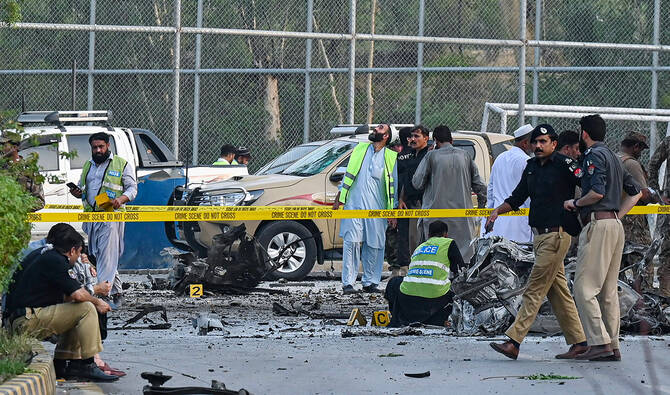


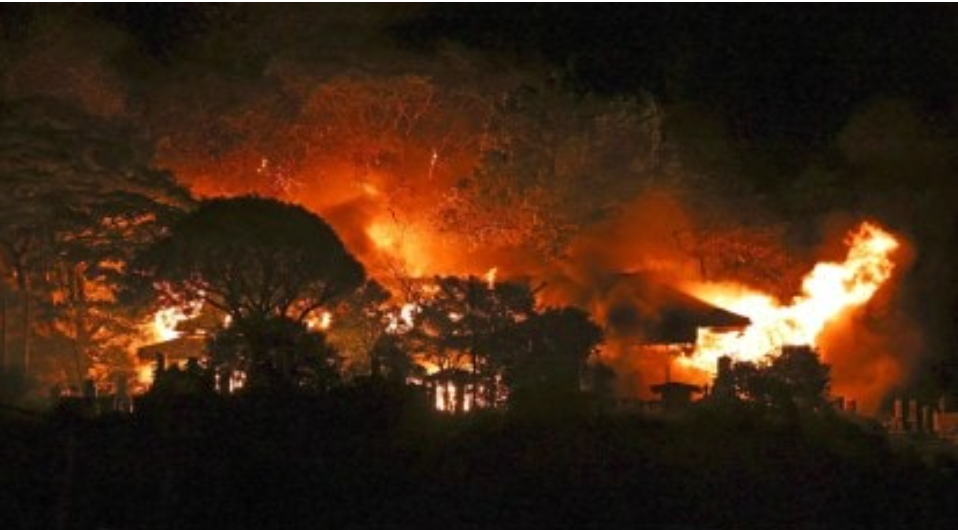




Leave a Reply